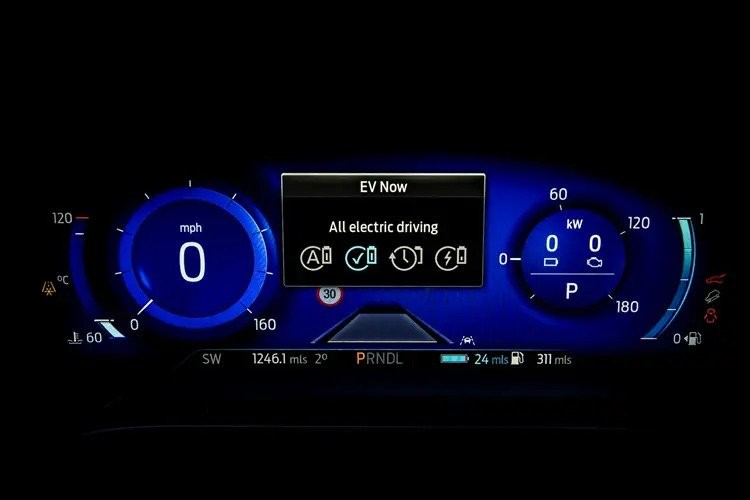
After knowing the overall concept of Full Hybrid Electric Vehicle (FHEV), you may be curious about how two kinds of powers are managed in this kind of vehicle. In this article, we will cover several modes in FHEVs and how they all work in coherence with the desired output achieved. On the next occasion, we will also cover a core component that makes all this possible so stay tuned!
Driving Modes in FHEVs
For maximum performance, full hybrids are designed to operate with electric motors and/or with ICE according to driving conditions which fit variables like torque demand, battery conditions, and fuel efficiency. Generally, there are 3 common modes in FHEVs, in terms of what power is used, which are full EV mode, full engine mode, and maximum acceleration mode. The vehicle switches between these modes either automatically or manually depending on what is experienced by the vehicle.
Full EV Mode

Under starting or low-speed conditions, if the battery state of charge is high, the vehicle is solely powered by the electric motor. This is perfect considering the limited torque supplied by the electric motor if compared to the torque provided by the engine. This means that there is no fuel consumption or to put it in other words, the vehicle behaves exactly the same as Battery Electric Vehicle (BEV).
Automatic start-stop also functions more smoothly considering the quick response of the electric motor which eases the process of starting and stopping compared to a more complicated process of cranking the engine in a conventional system. This creates comfortable driving without any vibrations when the engine is just started, especially during low load condition which involves constant acceleration and deceleration. On top of that, there aren’t any gas emissions emitted to the atmosphere resulting in a more clean operation.
Full Engine Mode

When the battery has reached its limits, another motor/generator that acts as an Integrated Starter Generator (ISG) cranks the IC engine. This is possible because ISG is attached in line with the engine crankshaft. That way, the engine powers the vehicle propulsion solely when this mode is activated. This mode is suitable for normal driving which requires more torque than what is provided in EV mode.
In addition to providing greater power, the IC engine also rotates the ISG so that it turns and becomes a generator to generate electricity back to the battery. This is how FHEVs are able to operate in EV mode without any external charging processes whatsoever.
Maximum Acceleration Mode

Full Hybrids can also achieve their highest acceleration by operating both an electric motor and IC engine, under high-state battery charge. The battery supplies maximum power to rotate the motor to its utmost speed. At the same time, the IC engine provides maximum output potential which gives additional torque while also simultaneously providing power to the battery by the rotation of the ISG that becomes the generator. This makes driving super comfortable on the highway and is often activated when “sport mode” in the vehicle is on.
Other Conditions
Under a particular situation, when the battery charge is low, the vehicle can also charge itself while it is stationary. Using the same mechanism, the ISG will crank the IC engine on to then rotate ISG as a generator to charge the battery without propelling the vehicle forward. The point is that the system will maintain its battery state of charge by operating the engine to power the generator every time it’s needed.
Do you find this article useful? Please send me feedback!
This article is written by Ariel Jonathan and originally posted on Anargya ITS Team’s Linkedin Page.